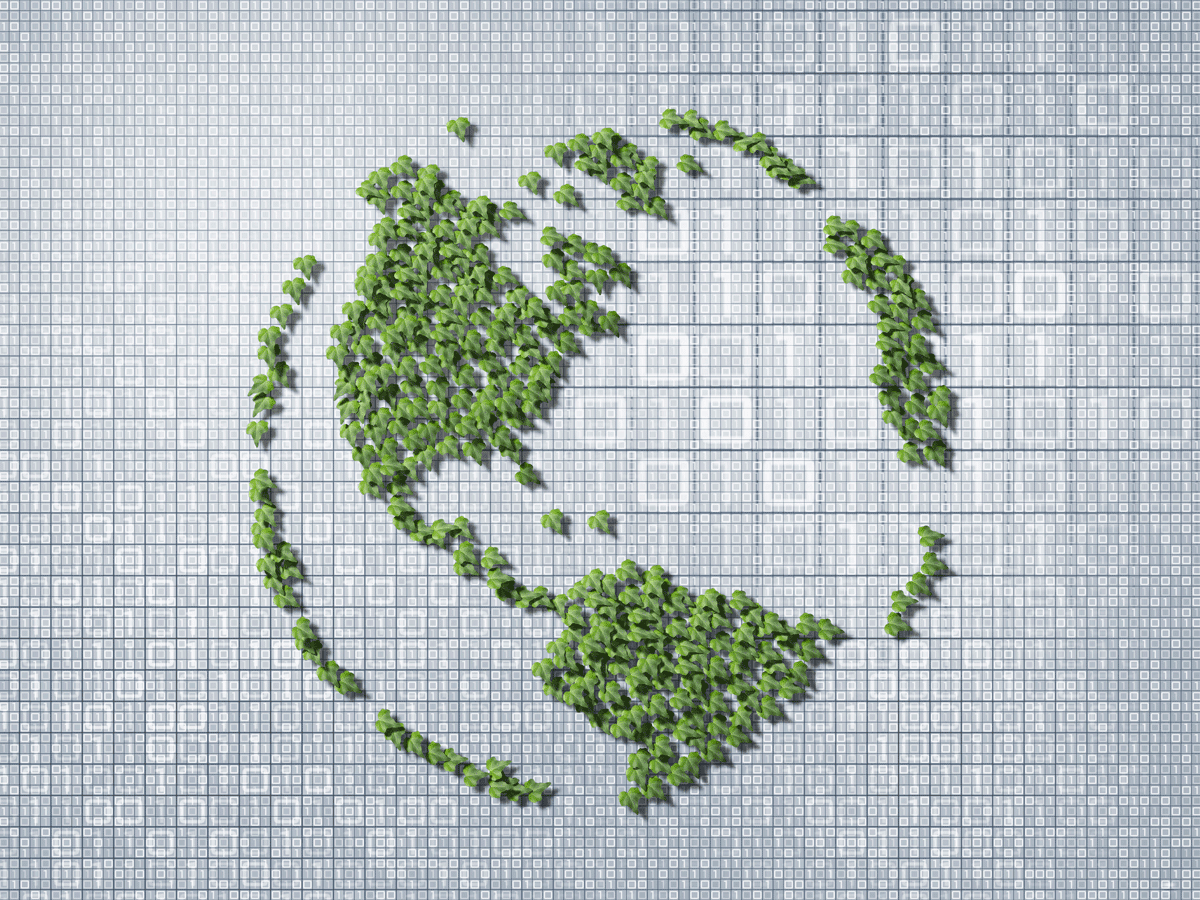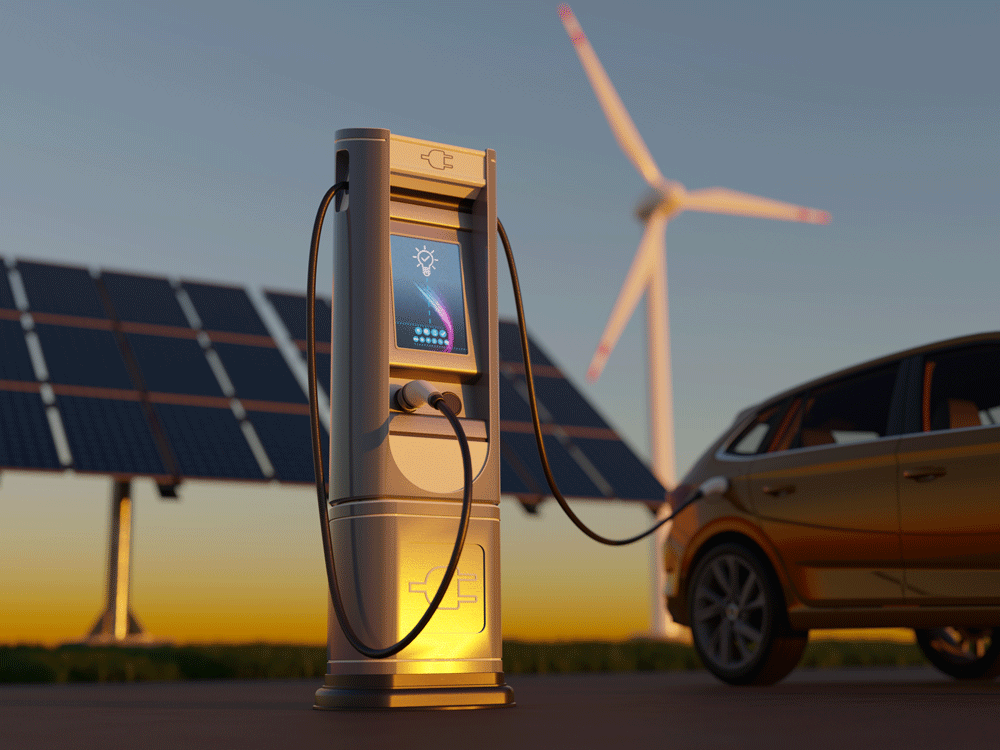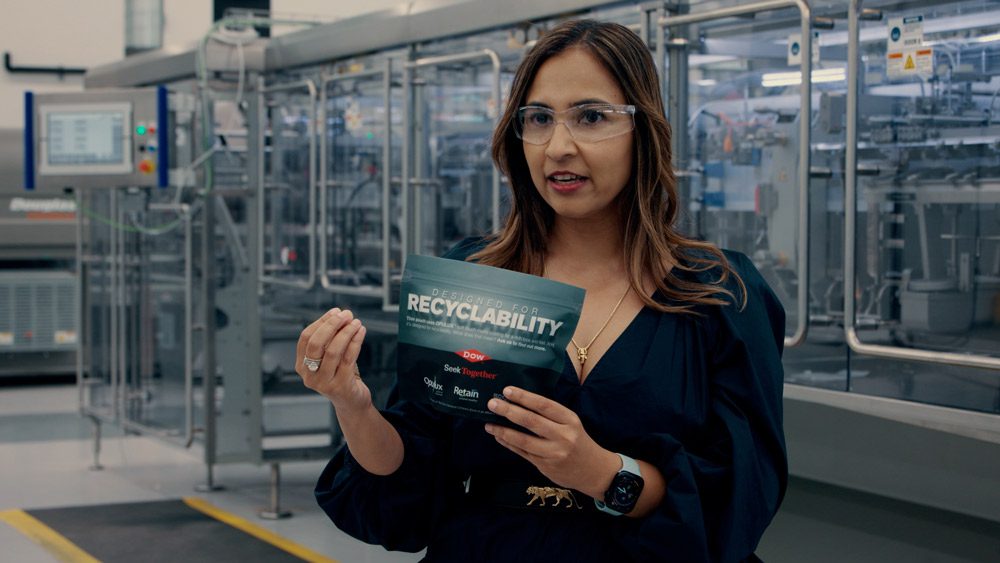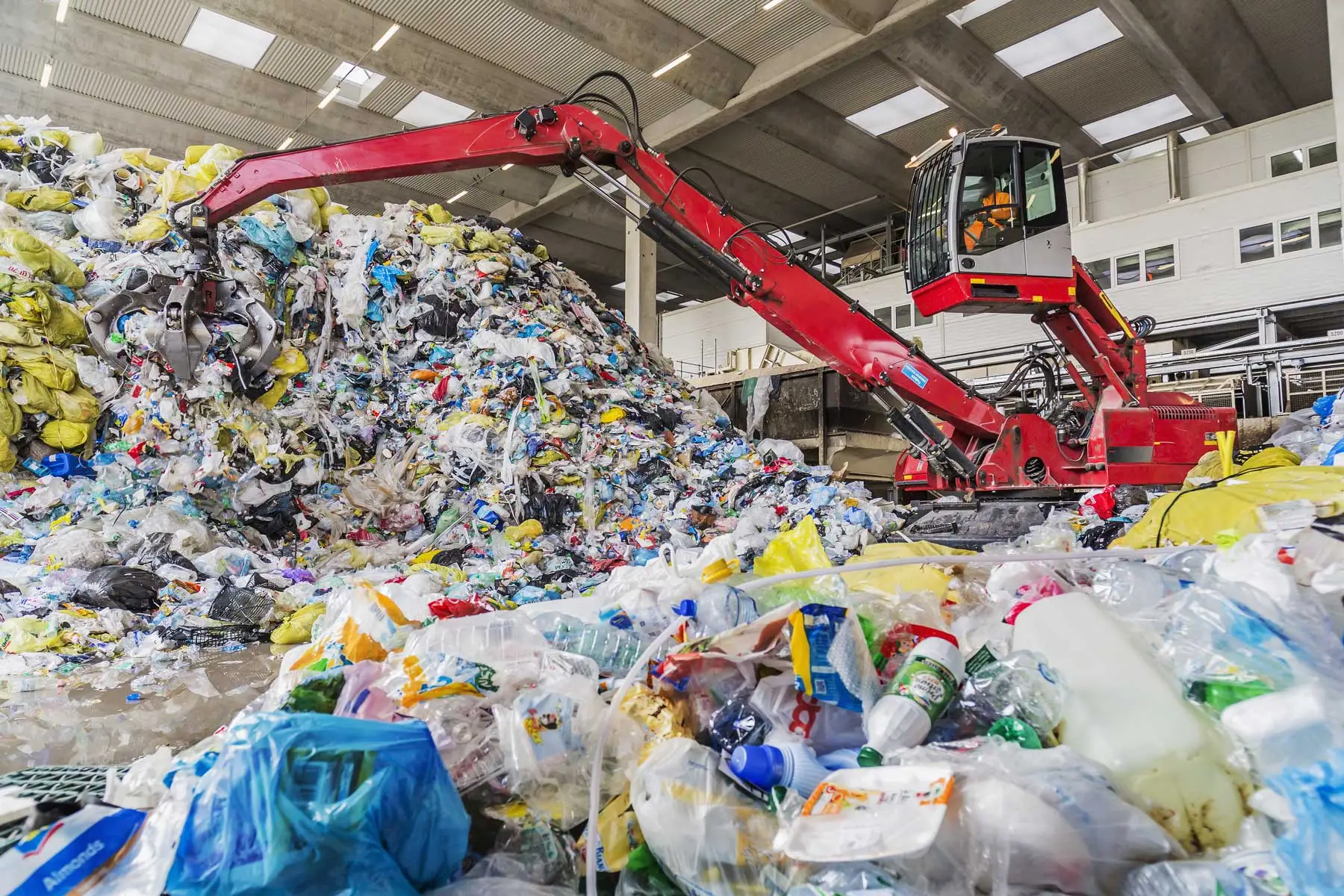Can the global community create a circular economy for plastic? A world where plastic is reused instead of discarded?
As president of America’s Plastic Makers®, I certainly hope so. And I believe it can.
In the ongoing negotiations on a global agreement to end plastic pollution (culminating in South Korea in November), we’re actively championing a legally binding pact for a circular, sustainable economy.
Plastic Makers = Innovation
Transitioning to that future will require unleashing the innovations and resources needed to keep plastic in our economy and out of our environment. And it will require harnessing the ability of global plastic makers to create solutions.
That’s what we do best. In the everyday world, we innovate to provide solutions. Whether that means creating tougher, lighter plastic that improves safety and fuel efficiency in our cars and trucks… or durable composites that make wind turbine blades more efficient… or transparent packaging that fights food waste… or redesigning packaging to make it easier to recycle. In the everyday world, our job is to create solutions that improve efficiency and sustainability. And more and more, we’re creating innovative new business approaches to enable circular solutions.
In the negotiations for a global agreement, our role is to provide solutions. To offer innovative ideas and responsible approaches that can create the conditions necessary to capture plastic so it can be reused or remade, again and again. Innovations like improved product design that makes plastic items easier to recycle. Or chemical recycling (also known as advanced or molecular recycling) that allows us to significantly increase the types and amount of plastic that can be recycled.
Plus, we’re championing policies such as “extended producer responsibility” that can help fund the global infrastructure needed to collect material and recycle it. And we’re promoting policies that require the use of recycled plastic in new products to increase the incentive for all of us to help capture, reuse and recycle used plastic.
Solving Plastic Waste Helps Solve Companies’ Sustainability Goals
Plastic waste is a solvable problem. A global agreement can focus the necessary attention and resources, accelerate innovations and drive the transition to a circular economy to help solve this problem.
This in turn would help the business community achieve public sustainability goals, such as using more recycled plastic. Our customers and stakeholders demand it, and we’re working hard to get there. Creating the systems and infrastructure that enable circular economies around the world would help the broad array of companies that want to use more recycled plastic but today can’t source enough of it.
Done right, a global agreement can help increase supplies of recycled plastic for carmakers… and packaging producers… and medical suppliers… and global brands… for all purchasers of plastic.
Support Circularity, Not Production Limits
It’s critical that all companies that use plastic join us in voicing their support for a global agreement focused on building circular systems that allow us to recapture and reuse the world’s plastic resources.
Conversely, proposals to reduce production of plastic are counterproductive. Here’s why. The inexorable transition from traditional materials to plastic has been driven by the efficiency of plastic as a material. Plastic allows us to do more with less. Multiple life cycle studies find that use of alternatives to plastic typically creates much more waste by weight and greenhouse gas emissions (GHGs). Switching from lightweight plastic to heavier alternatives – which would require four times more material according to recent analysis – would be a huge step backward for the environment. It simply isn’t sustainable.
Plastic Helps Meet U.N. Sustainability Goals
In addition, plastic will play an important role in achieving the U.N.’s Sustainable Development Goals. Two quick examples:
- Expand Wind Energy – To expand wind power as a low-carbon energy source, we need an expanded supply of strong-yet-lightweight wind turbine blades, mostly made from various lightweight plastic composites such as carbon fiber-reinforced plastic.
- Increase Vehicle Fuel Efficiency – Carmakers use durable, lightweight plastic to decrease the weight of car parts, which reduces fuel use and GHGs. In fact, today’s cars on average are made of about 50% plastic by volume but only 10% by weight. Light-weighting is also critical to increasing the battery range of low-carbon EVs.
Global Agreement Will Catalyze Innovation, Progress
While we’re excited about the prospect of a global agreement to help accelerate the systems and infrastructure needed to build a more circular economy, the agreement itself would be just the start. A workable global agreement – that all governments can sign – would be the energizing catalyst for smart policies and investments designed to successfully eliminate plastic pollution.
I believe at some point down the road, the global community will be able to say: “We’ve achieved our goal and created a more circular economy for plastic.” And I believe a global agreement on plastic pollution would help us get there.





